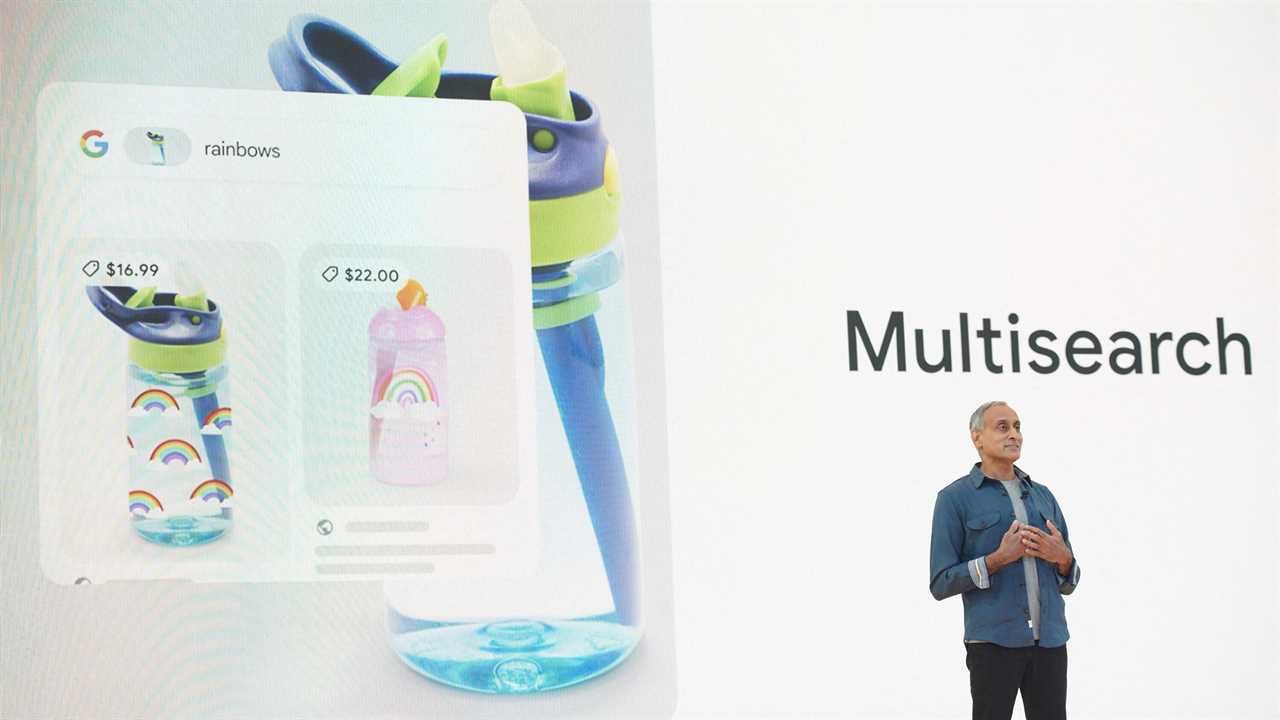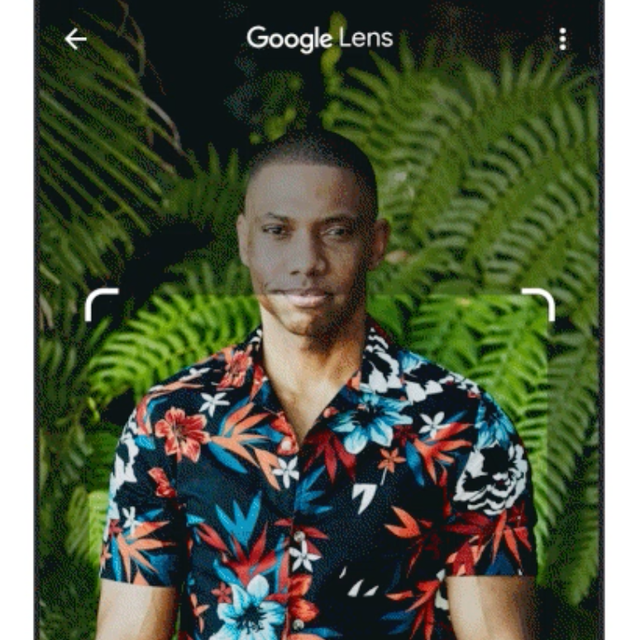
Google’s search engine looks a little different these days. Results pages are now often filled with shopping items, maps, news articles, information bulletins and ads before people can scroll to lists of results — the blue links that became synonymous with the service.
On Wednesday, at an event called Search On in San Jose, Calif., Google executives signaled that the search engine would keep up with Silicon Valley’s latest trends, continuing the company’s march away from text queries and results to become more focused on images and “immersive” material.
When people look up vacation destinations, for example, they will see what Google calls “visual forward” search results — organized tiles of photographs presented much like Stories on Snapchat or Instagram, along with a map and images from travel sites that link to guides.
Users will be able to search Google using images and text simultaneously, pointing their cameras at an armchair or a shirt, for example, and refining their queries with text. “Your camera is your next keyboard,” Prabhakar Raghavan, a senior vice president at Google, wrote in a blog post.

“We’ve continued to create more natural and intuitive ways to find information,” Mr. Raghavan wrote about the changes, which he said the company expected to put into effect in the “coming months.”
Wednesday’s event was the third annual Search On, which was started months after Mr. Raghavan gained oversight of the search engine and related departments. Google has routinely made thousands of changes to its search engine per year. While many are small, they add up to notable changes for people who use it.
Google revolutionized how people found information online in 1998. In the decades since, it has amassed billions of users who turn to the service to find nearby restaurants, look up movie times and fact-check their friends.
The internet today is a more cluttered place than it once was, and Google has responded by offering an increasing number of ways to retrieve its information services and trying to keep up with en vogue technologies meant to appeal to Generation Z. Still, the updates amounted to subtle evolutions of a winning — and very profitable — formula.
The company in 2020 introduced Live View in Google Maps, allowing people to use their cameras to figure out where they are and get directions. Now, users will be able to search with Live View, lifting their camera so Google can point them to the nearest A.T.M. or cafe, using augmented reality — technology that puts digital overlays on images of the real world.
A.R. is expected to be one of the next battlegrounds for Google and its competitors, along with the related virtual reality.
Cathy Edwards, the vice president and general manager of Google Search, said that while the company knew that Gen Z had a “strong preference for visual,” the company was not interested in building products for just one segment of the population.
Still, the company seemed to take inspiration from young users when naming one new Maps feature, which shares the best attractions in unfamiliar areas based partly on user reviews. Google called it Neighborhood Vibe.
“Get a vibe check before you visit,” wrote Chris Phillips, vice president and general manager of Google Geo, which includes Maps.
Did you miss our previous article...
https://trendinginthenews.com/tech-giants/meta-removes-chinese-effort-to-influence-us-elections






